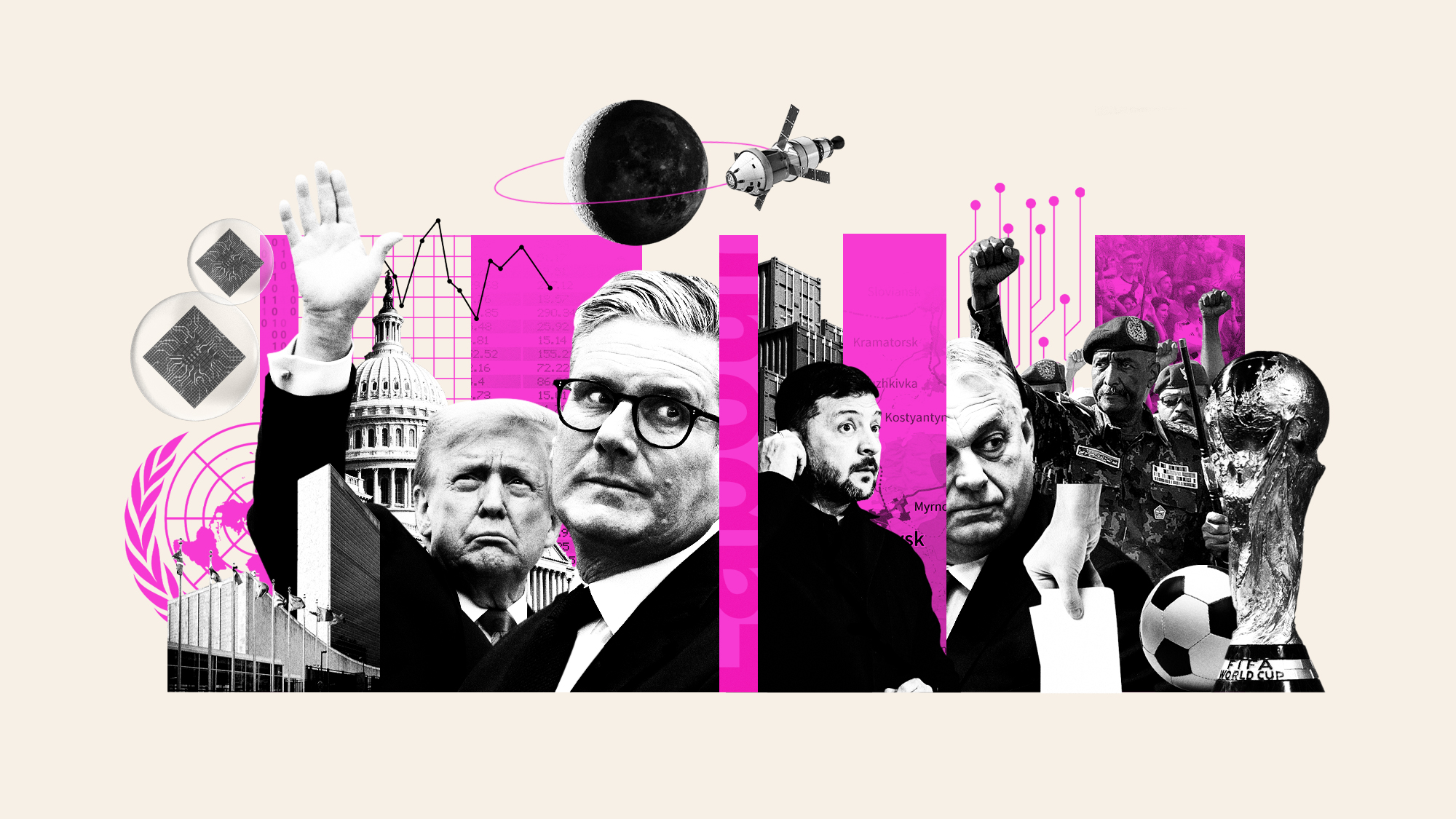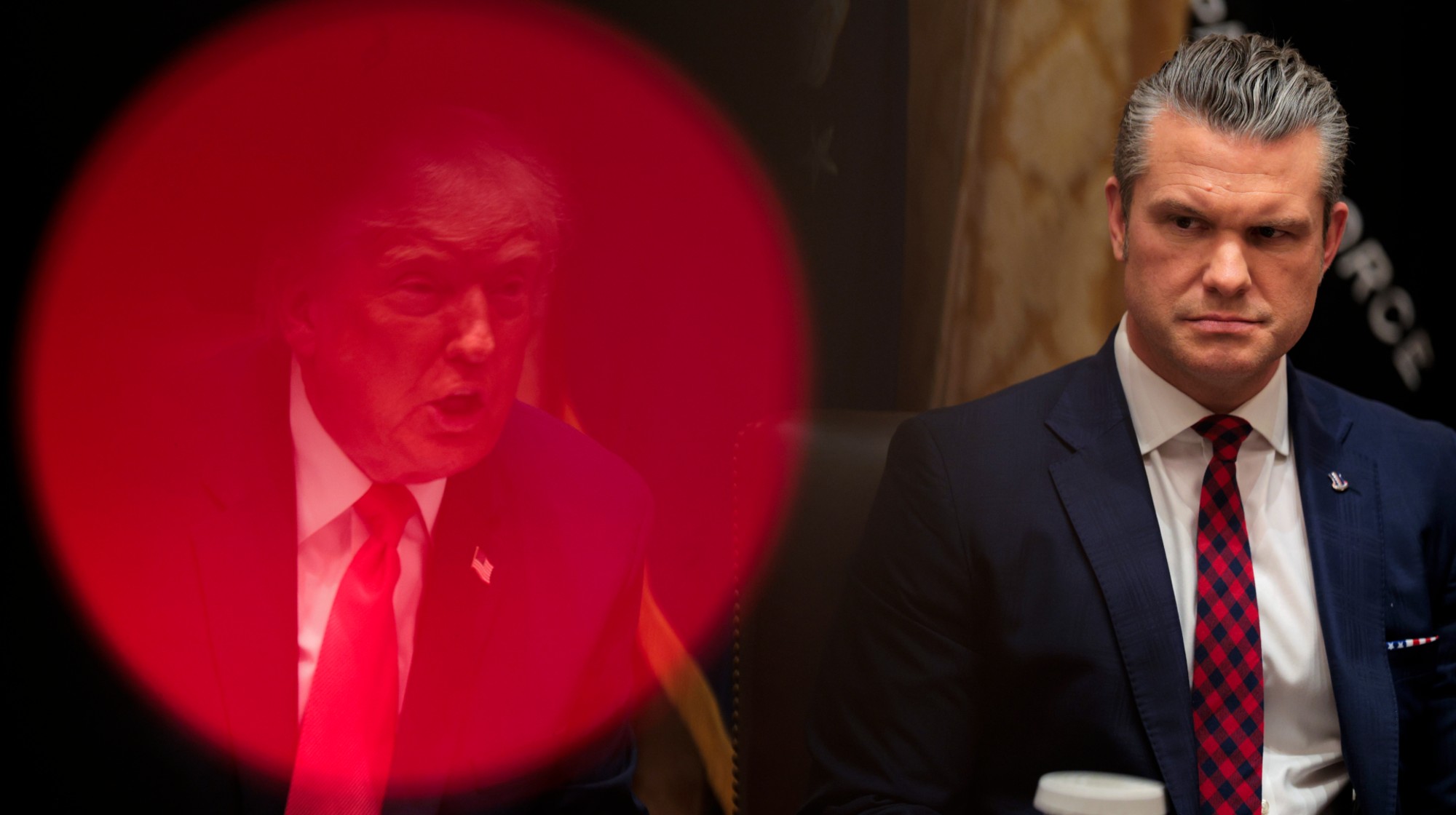The scariest '80s horror villain isn't named Freddy, Michael, or Jason. His name is Henry.
John McNaughton and Michael Rooker discuss their squalid classic 30 years later


The most insidious character of the 1980s, a decade slathered in the stupidity of slasher movies, wasn't named Freddy, Michael, or Jason. His name was Henry.
As portrayed by Michael Rooker in Henry: Portrait of a Serial Killer, Henry (based on Henry Lee Lucas, a prolific serial killer and chronic liar) is an amoral everyman, almost banal in his brutality, ferocious but furtive. He doesn't wear a hockey mask, but a fleshy man face. He seethes with unexcited malice, speaking slowly, barely raising his voice and only rarely raising his fist. When he stabs someone, he does it with the same detachment as stubbing out a cigarette. "I killed my mama," he intones in that genteel drawl, his wiry lips furled like rotting leaves, though he can't quite remember if he shot her or stabbed her. He's one of those "Well, he was a quiet man" nextdoor neighbors whose car trunk contains body parts packed neatly into a suitcase.
You know, "a nice, regular guy," Michael Rooker tells me. "Well, what he considers a nice, regular guy."
The Week
Escape your echo chamber. Get the facts behind the news, plus analysis from multiple perspectives.

Sign up for The Week's Free Newsletters
From our morning news briefing to a weekly Good News Newsletter, get the best of The Week delivered directly to your inbox.
From our morning news briefing to a weekly Good News Newsletter, get the best of The Week delivered directly to your inbox.
Director John McNaughton's feculent opus is the arthouse foil to what Roger Ebert acerbically (but not inaccurately) derided as "dead teenager movies." Like its subject, Henry: Portrait of a Serial Killer has unnerving patience. "I have always avoided jump scares like the plague," McNaughton says. "They didn't read my script before giving us the finances, and I'm sure they regretted it. They wanted an ooga-booga horror movie — entertainment. I'm not interested in entertainment... I gave them their worst nightmare: I made an art film."
Henry, which left McNaughton "flat-ass broke for 18 months" after production finished, is now considered a squalid classic, and its penchant to disturb on a deeper, more existential level has not been abraded by time or diluted by an over-saturation of gaudy horror gore. Thirty years ago the film had a difficult, circuitous path to theaters. "I've been kicked to the curb so many times," McNaughton says of Henry's belated admiration, "that when something really wonderful happens to me, I learn to take both sides of the equation in stride."
The movie premiered in 1986 and was greeted with abhorrence and disgust from audiences, who, McNaughton surmises, wanted a schlocky exploitation movie, not a slow, brooding character study. (Rooker estimates there was a 50 percent walkout rate when it screened at Telluride.) Shackled to an X rating, then an NC-17, Henry got shoved on video store shelves that were out of sight, as if contagious. Three years later it again entered the festival circuit, finding an unexpected champion in Ebert, who used the film as an example of the MPAA's ineptitude.
McNaughton considers Henry a work of social realism (mostly), and directs with the diligence of a documentarian, situating each scene carefully, calmly, perusing environments with his pans and zooms, the camera dilatory but deliberate in how it slowly searches for and settles on the focal point of an image. We witness the espial aftermath of the murders. "The story dictates the visual style," he says. It's as methodical as Henry, who never kills two people the same way and disposes of bodies assiduously, assuredly.
A free daily email with the biggest news stories of the day – and the best features from TheWeek.com
"You can almost hear Henry thinking," Rooker says. "Horror movies don't do stuff like that — not then, not now."
In Otis (Tom Towles, who died last year) Henry finds a consort who shares his murderous affinities but not his deliberation. Otis babbles without restraint. Henry chastises him, as if yelling at a dog when he misbehaves — "Otis, no!" Rooker calls the film a "kind of buddy movie," chortling as he says it. A regular Ozzy and Harriet, or Rocky and Bullwinkle (of whom McNaughton is fond).
Unlike Otis, Henry never seems to really enjoy killing, but does so out of a nihilistic compulsion. "Look at the world," he drones. "It's either you or them. You know what I mean?" He kills with care, though his variegated slayings don't seem to sate anything in him. Yet, when Otis makes salacious advances on his own sister, Henry intervenes. Henry, McNaughton says, "has a code. There's a glimmer of hope in him. Otis has no hope."
One of the defining aspects of Henry is how it rejects the allure of horror movie sensationalism (McNaughton and Rooker are skeptical that the film even is horror), but remains astutely aware of mass media's prevalence, its violent obsessions and its influence. Henry and Otis' murders are "performance pieces," each kill staged and blocked. When Henry and Otis try to buy a TV from a black market swindler, they stab the portly, oleaginous man with cable jacks and smash a television over his head. "Turn it on," Henry stoically instructs Otis, whose face contorts into a grotesque grin of dilapidated teeth. They subsequently make their own movies using a video camera pilfered from the dead man. If film has a beautiful, dreamy detachment, McNaughton says, video "is ugly but immediate." Like a demented twist on Don DeLillo's White Noise, we watch them watch themselves during their murder spree. "Filmmakers sell us violence as entertainment," McNaughton says, "and I wanted to turn the camera around and implicate the viewer as well."
The electronic noise that erupts in fits as Henry jabs the man sound like slasher movie noises, and break from the social realism aesthetic; McNaughton and his cohort took digital 4-bit recordings of dentist drills — "the scariest sound in the world" — and mixed them with analog sounds in a recording studio called the Tone Zone, which they rented for around $25 from a Christian rock band, who were not enamored with the film's moral murkiness. "They told me to give them a call if I ever made a 'good movie.' They were nice guys, though."
The clash of mediums (film and video, digital and analog) reflects the inherent contrast of Henry, that seemly visage hiding the ebon ugliness inside. Even McNaughton's interpretation of the film is self-contradictory. There's "a glimmer of hope" in Henry, yet there's no redemption in Henry. The movie remains as difficult as ever to parse.
"Why does Henry kill?" McNaughton says. "I wish I knew. Some people are just damned from birth."
Greg Cwik is a writer and editor. His work appears at Vulture, Playboy, Entertainment Weekly, The Believer, The AV Club, and other good places.
-
 What will happen in 2026? Predictions and events
What will happen in 2026? Predictions and eventsIn Depth The new year could bring peace in Ukraine or war in Venezuela, as Donald Trump prepares to host a highly politicised World Cup and Nasa returns to the Moon
-
 Why is Trump’s alleged strike on Venezuela shrouded in so much secrecy?
Why is Trump’s alleged strike on Venezuela shrouded in so much secrecy?TODAY'S BIG QUESTION Trump’s comments have raised more questions than answers about what his administration is doing in the Southern Hemisphere
-
 Vance’s ‘next move will reveal whether the conservative movement can move past Trump’
Vance’s ‘next move will reveal whether the conservative movement can move past Trump’Instant Opinion Opinion, comment and editorials of the day
